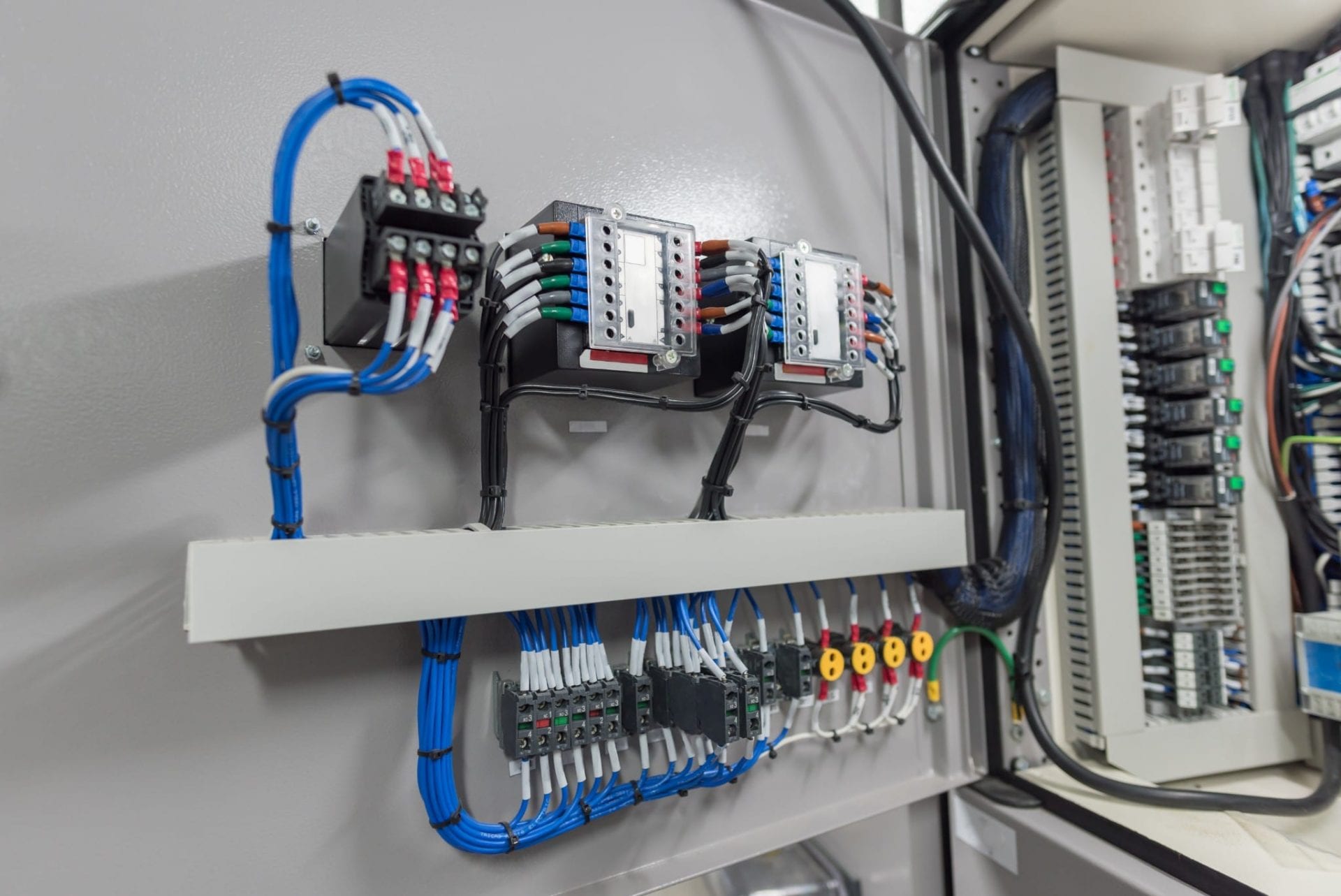Electrical Wiring Made Easy: A Novice's Guide to Wiring Your Home

Electrical wiring is an essential element of every home and understanding it is crucial for each homeowner. Not only does it help in ensuring the proper functioning of your home but it’s also crucial for your security. In this article, we will examine the fundamentals of electrical wiring as well as the importance of security, and the benefits of hiring a licensed residential electrician to handle all of electrical wiring needs.
Understanding the fundamentals of electrical wiring
Wiring for electrical purposes is the set of electrical conductors that runs through your house, delivering electricity to your appliances, devices, and lighting fixtures. It is formed by electrical circuits that connect your sources of power with your gadgets. Circuits for electrical power are comprised of switches, wires, along with other electronic components, which function to create a safe and functional electrical system. There are many kinds of electrical wiring, such as copper, aluminum, and wire insulation types like PVC, rubber, or paper.
Preparation and Planning for Electrical Wiring
When installing the new wiring for electrical use, it is important to consider many factors to consider, including the kind of wiring you require, the power capacity for your current electrical systems, and the power requirements you require. It is also important to be aware of electrical rules and regulations for wiring as well as the permits required in your region. To prepare for electrical wiring, you must create an electrical plan and assess your electrical needs. This will ensure that your electrical system is secure efficient and effective, as well as meeting your power requirements.
Materials and tools required for electrical wiring
When installing new electrical wiring, it is essential to have the right materials and tools on hand. Essential tools include wire cutters, strippers, pliers, as well as an electrical voltage tester. Other components required to conduct electrical wiring include wire nuts, electrical tape, conduit, and electrical boxes. It is also helpful to be equipped with a wiring diagram to guide you through the installation process.
Step-by-Step Instructions for Electric Wiring Installation
Installing electrical wiring can be an intimidating process however, with the right tools and knowledge it can be accomplished quickly and safely. This is a step-by-step guide to installing new electrical wiring inside your home:
Turn off the power to the location where you’ll be working.
Create a wiring plan and mark the location where the wire will be placed.
Install electrical conduits and electrical boxes when needed.
Cut and strip the wires to the proper length.
Connect the wires to the fixture or device you’re wiring.
Secure the wires in place by using the wire nuts or electrical tape or conduit straps.
Check the wiring to make sure it is functioning properly.
When installing the wiring It is crucial to follow wiring installation best practices and tips. Also, be aware of common mistakes in the installation of electrical wire, for example, overloading circuits, using damaged wires or using the wrong type of wire for the job.
Troubleshooting Electrical Wiring Problems
Even with careful planning and installation, electrical wiring issues could occur. The most frequent issues are wiring damages, circuit overloads as well as electrical shorts. To resolve these issues, it is important that you are aware of typical electrical wiring issues and be aware of how to safely and effectively tackle them. Additionally, it is critical to follow electrical safety procedures when attempting to solve electrical wiring problems like shutting off the power source and wearing safety equipment.
Conclusion
Understanding the how your electrical wiring is wired in your home is essential for your safety as well as the effective operation that your electric system provides. It is crucial to engage an accredited electrician to ensure your wiring is installed and maintained in a proper manner. In Local Electrician Drummoyne, we provide a range of electrical services, including electrical wiring installation and repair. Contact Local Electrician Drummoyne at 1300 610 481 for all of your electrical wiring needs.
Electrical Wiring FAQ
Here are some frequently asked questions about electrical wiring, as well as additional safety tips and the best methods for electrical wiring repair and installation:
What kind of wire do I need to use for my electrical wiring?
The type of wire that you will need for your electrical wiring will depend on the specific requirements of your home and the local building codes. It is important to use the right gauge for your wire as well as the appropriate insulation type and wire materials to ensure the security and effectiveness for your wiring system.
Can I install myself my own wiring for electrical use?
While it is possible to create the wiring yourself, it is important to have the right expertise and experience to install it in a safe and efficient manner. In most cases it is recommended that you engage an experienced electrician to ensure that the wiring is installed and maintained properly.
How often do I need to inspect my electrical wiring?
It is recommended that you have your electrical wiring inspected at least every 10 years, or when you notice indications of electrical issues, such as frequent trips to the circuit breaker or electrical shocks.
What should I do if I discover electrical wiring issues in my house?
If you notice any electrical wiring problems in your home, such as flickering lighting or outlets that do not work, it’s crucial to fix them right away. Switch off the power source to the affected area and call an accredited electrician to determine and fix the problem.
If you follow these guidelines and the best practices, you can ensure you have electrical connections that are safe and operating in a safe manner. Be sure to put safety first and consult with a licensed electrician whenever you need to. Call Local Electrician Drummoyne at 1300 610 481 for all electrical wiring issues.
